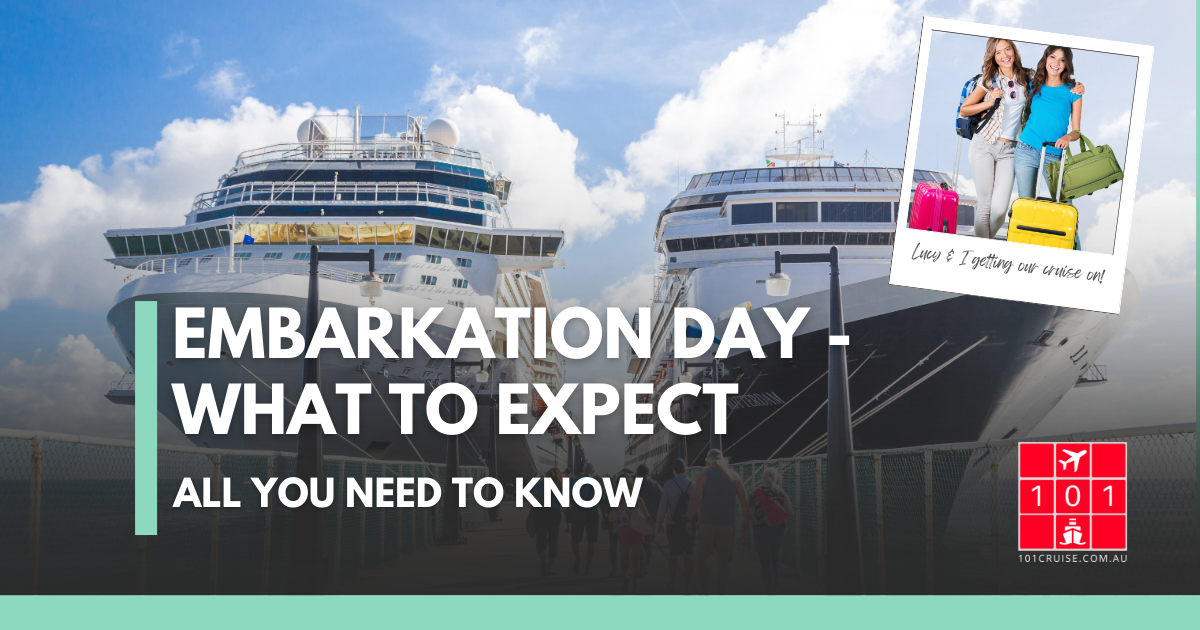What’s the difference between ocean liners and cruise ships?
In sea travel, two iconic vessels stand out: ocean liners and cruise ships, each offering unique experiences and amenities for travelers. While both offer luxurious experiences on the water, they differ significantly in design, purpose, and history. In this blog post, we’ll explore the fundamental differences between ocean liners and cruise ships, their evolution over time, and the unique experiences they offer passengers.
Design and Purpose: Understanding the Fundamental Differences
Unlike a cruise ship, where people happily relax for weeks at sea, ocean liners are built for speed. This means ocean liners will typically carry more fuel than cruise ships. The Queen Mary II is a great example of a modern ocean liner, and has 40% more steel in her structure than cruise ships.
Ocean liners are designed for transoceanic travel, built to withstand the rigors of the open sea while providing a smooth and comfortable journey for passengers. They are characterized by their sleek, streamlined hulls, powerful engines, and luxurious amenities. Ocean liners were the primary mode of long-distance travel before the advent of commercial air travel, with famous examples like the the Queen Mary II.
Cruise ships, on the other hand, are designed for leisure and entertainment, offering a wide range of onboard activities and amenities to keep passengers entertained during their voyage. While cruise ships can also travel long distances, they are not built for the same speed and efficiency as ocean liners. Instead, they prioritise comfort and luxury, with spacious cabins, gourmet dining options, and entertainment venues.
Ocean Liners form the basis of today’s cruise industry. Most of today’s leading cruise lines started with large ocean liners. Even today, many cruise ship designs are based on ocean liners. However, many do not undertake trans-continental voyages often, and a few only do it for seasonal repositioning.
The reason for the above could be simple economics. Cruise ships bring more revenue due to guest-centric amenities. Most guests prefer shorter, local round voyages instead of long trans-continental voyages, mainly due to a lack of time and job commitments.
Also, ocean liners cost more due to the more rigid construction and speed requirements than cruise ships. Therefore, it is more profitable to run cruise ships.
Since both ships have different purposes, they are designed very differently.
RELATED: Read about the different classes of ships Celebrity X has on their fleet
Design and Construction
Under the very nature of their operations, Ocean liners are designed predominantly with safety and watertight integrity. They are very rigid in construction than cruise ships to withstand extreme sea and weather conditions, which they may encounter during long intercontinental voyages.
A longer bow, a thicker hull, and a much higher speed (up to 30 knots) to keep up schedules amidst adverse sea conditions are some traits of an ocean liner. In contrast, cruise ships are designed and constructed in a guest-centric manner with more focus on hotel amenities, pleasure and entertainment. Some of these differences are discussed below.
An ocean liner rests lower in the water, which makes it more capable of withstanding heavy weather and rough sea conditions. The bow tends to be longer to protect the superstructure against waves. A cruise ship, in contrast, generally sits higher in the water and is more vulnerable to weather changes.
An ocean liner is constructed with the extra thickness of steel to withstand the force of waves, improve its stability and support its weight. The steel tends to be several inches thicker than that found on cruise ships, generally of standard thickness.
Ocean liners have more aerodynamic designs enabling them to wade quickly through the water. This is required as they go on scheduled voyages between two ports, which need more speed.
Schedules on an ocean liner need to be maintained despite weather changes. The destination takes priority over the experience itself. On the contrary, Cruise ships move at a standard speed due to the passengers on board. The activities and experiences of the cruise voyage tend to be prioritised over the destination.
The navigation bridge on an ocean liner rests as far above as possible. This is to provide a good view and protect the bridge and navigation equipment in the event of a storm and inclement weather conditions.
Since ocean liners experience heavy seas, especially during ocean crossings in the winter, the boat deck is closer to the ship’s top, allowing the boats to be better protected from the waters.
Here’s some of our favourite cruise ship companies at 101cruise.com.au:












